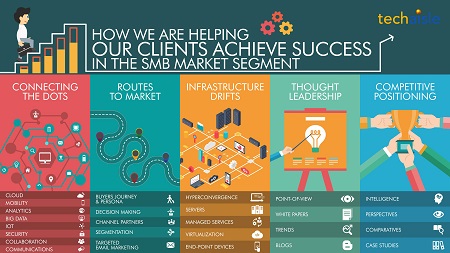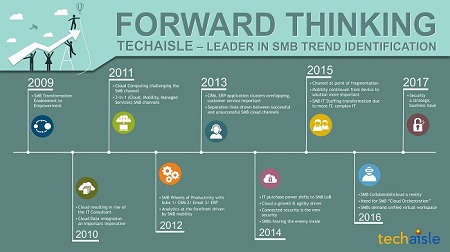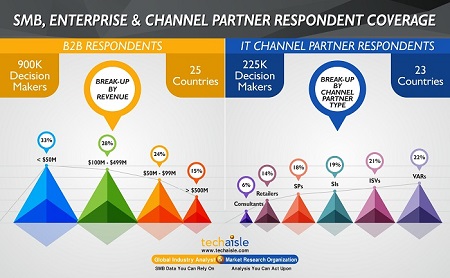Typically, IT suppliers focus on product or service transactions – the point at which a buyer commits to a contract with a specific seller. IT vendor compensation plans are structured around the transaction, and lead funnels captured in CRM and marketing systems coalesce around this event. And because IT professionals are often engaged in signing contracts for IT products and services, vendor sales and marketing initiatives often key on the IT function.
From a buyer’s perspective, though, the solution adoption cycle is much longer, and commitment to a specific product or service is less important than establishing the business context that drives the need for investment, and the processes needed to ensure that the business obtains anticipated value from this investment. Before they commit to a contract, organizations need to identify the need for a new solution, align the need with strategic and operational plans, and identify and evaluate solution options. Once the product/service is acquired, the buyer’s process continues: the business still needs to deploy the new technology, train IT and business users on its features, evaluate the effectiveness of the solution in meeting current requirements, and optimize the solution over time to maximize returns.
Techaisle conducted a unique survey of SMB organizations. To understand the current state and implications of distributed IT influence and authority, Techaisle surveyed roughly equal numbers of business decision makers (BDMs) and IT decision makers (ITDMs) across seven employee size categories, and then analyzed results to create a unified view of the new decision authority realities.














